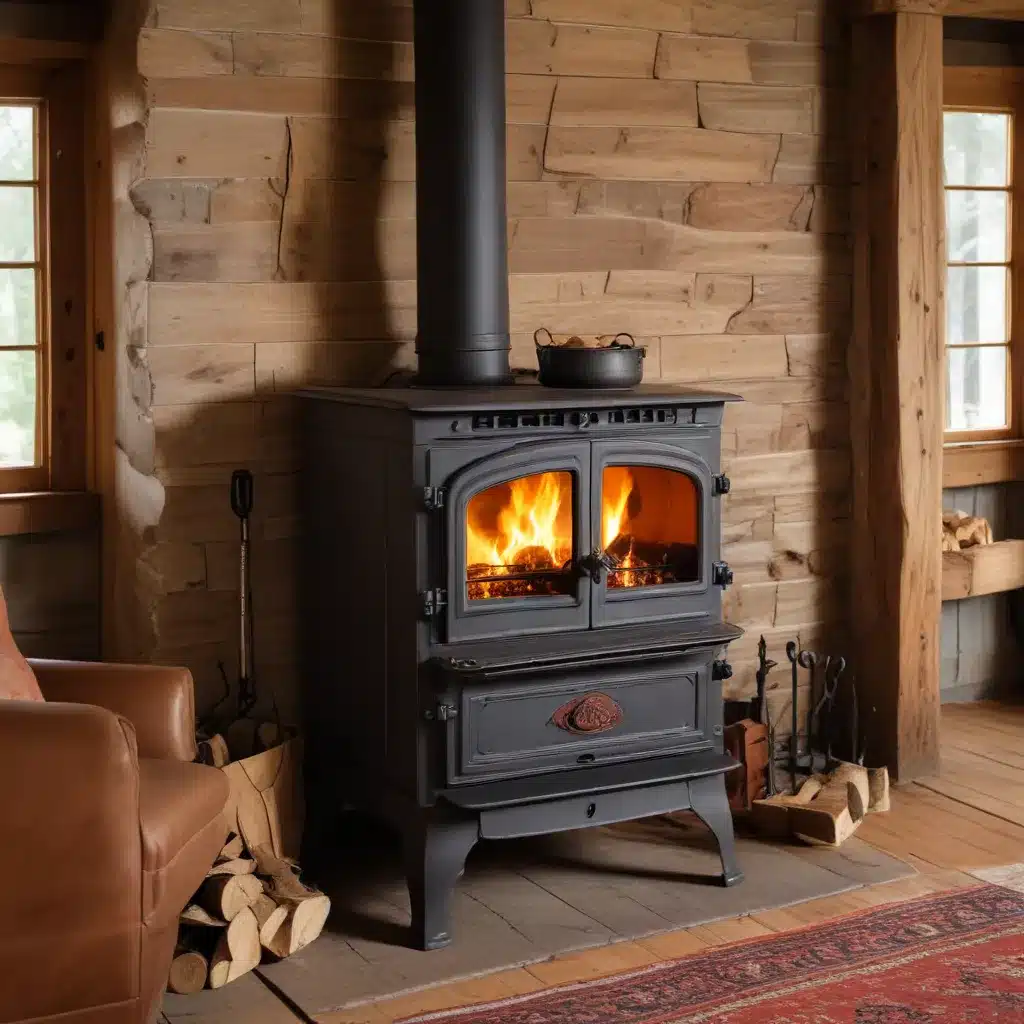
Mastering the Art of Wood Stove Heating
As the cold winter winds start to howl, the crackle of a warm fire becomes an irresistible draw. For centuries, humans have ingeniously adapted their heating methods to the challenges of the elements, from the sophisticated hypocaust systems of ancient Rome to the humble yet efficient Russian pechka. In this comprehensive guide, we’ll explore the rich history of wood stove heating and uncover the practical wisdom that can help you master the art of staying cozy through the chilliest months.
Reviving the Forgotten Practices of the Past
Across cultures and continents, the quest for domestic warmth has inspired countless innovations. In medieval Europe, castles and manors relied on the skilled fire stokers, whose intimate knowledge of wind, weather, and wood kept the home fires burning. Meanwhile, in ancient Korea, the ondol system channeled heat from wood fires through intricate networks of stone-lined tunnels beneath the floors, creating a radiant warmth that enveloped entire living spaces.
The community ovens of the past also held a central role in public life, serving as gathering points where neighbors would bake their bread and swap stories. These shared hearths, found from medieval France to the Shaker communities of America, embodied the idea that heating one’s home was not merely a practical necessity, but a profoundly social endeavor.
Even Benjamin Franklin, the renowned polymath, left his mark on the evolution of wood stove heating with his eponymous invention – a more efficient alternative to the traditional open fireplace. By reflecting heat into the room instead of letting it escape up the chimney, the Franklin stove dramatically improved the warmth and comfort of colonial-era homes.
Unlocking the Secrets of Efficient Wood Stove Operation
While modern heating systems have undoubtedly made life more convenient, there’s something to be said for reconnecting with the time-honored practices of our ancestors. By understanding the principles that guided their innovations, we can unlock new levels of efficiency, sustainability, and even community in our own wood stove heating.
One such revolutionary technique is the “upside-down fire,” a method that challenges the conventional wisdom of fire-building. Rather than starting with a teepee-like structure of kindling and small logs, the upside-down fire begins with the largest logs at the bottom, gradually decreasing in size towards the top. This arrangement allows the fire to burn more slowly and evenly, producing a longer-lasting and more efficient heat output.
“The embers this fire produces are unlike anything I’ve ever seen,” raves one enthusiast. “Once it’s about 3/4 through the shingle wood, it will start to give off a LOT of heat. The upside-down fire produces and projects much more heat than a standard tipi fire.”
But the benefits extend beyond just heat output. The upside-down method also minimizes smoke and eliminates the need for constant tending, freeing you up to enjoy the warmth without the hassle. As the fire burns from the top down, it creates a more efficient airflow through the flue, reducing backdrafts and ensuring a cleaner, more controlled burn.
Maintaining Your Wood Stove for Maximum Performance
Of course, even the most ingenious heating method requires proper maintenance to function at its best. Regular chimney cleanings, stove inspections, and ash removal are essential for ensuring the safe and efficient operation of your wood stove.
“Creosote buildup in the chimney is the leading cause of chimney fires,” warns our expert. “It’s crucial to have your chimney professionally cleaned at least once a year, or more frequently if you’re burning green or unseasoned wood.”
Additionally, be mindful of the type and quality of wood you’re burning. Hardwoods like oak, maple, and birch tend to be the most efficient and long-burning, while softwoods like pine can contribute to excessive creosote formation. Properly seasoned wood, with a moisture content below 20%, will also burn cleaner and hotter than freshly cut timber.
Embracing the Sustainable Future of Wood Stove Heating
As concerns about energy efficiency and environmental impact continue to grow, the wood stove is poised to play a vital role in the transition to a more sustainable future. Modern, EPA-certified models boast impressive combustion efficiency, often exceeding 80% and dramatically reducing particulate emissions compared to older stoves.
“Fireplace inserts are a game-changer when it comes to upgrading the efficiency of an existing fireplace,” explains our expert. “By replacing the open hearth with a sealed, high-performance unit, you can maximize heat output while minimizing waste and pollution.”
Moreover, the increasing availability of advanced biomass fuels, such as wood pellets and compressed logs, offers even cleaner-burning alternatives to traditional cordwood. These innovative solutions not only reduce environmental impact but also provide greater convenience and consistency in the heating experience.
Cultivating a Community of Wood Stove Enthusiasts
As we rediscover the timeless wisdom of our ancestors, the wood stove community is thriving, with enthusiasts exchanging tips, tricks, and stories across online forums and local gatherings. Whether you’re a seasoned expert or a curious newcomer, there’s never been a better time to join the ranks of those who find joy and comfort in the flickering flames.
“Being from Quebec, I’m always on the lookout for a better way to start a fire!” exclaims one avid wood stove user. “I learned something similar to this from a Scotsman in New Zealand, but this is a bit different. I’ll give it a try this afternoon.”
By sharing our knowledge, celebrating our successes, and supporting one another through the challenges, we can keep the fires of tradition burning bright, ensuring that the art of wood stove heating remains a vital part of our cultural heritage for generations to come.
So as the cold winter sets in, take a moment to reconnect with the ingenious heating practices of the past. Whether it’s mastering the upside-down fire, maintaining your stove with meticulous care, or simply reveling in the cozy glow of a well-tended flame, you’ll be joining a centuries-old tradition of warmth, community, and resilience.


